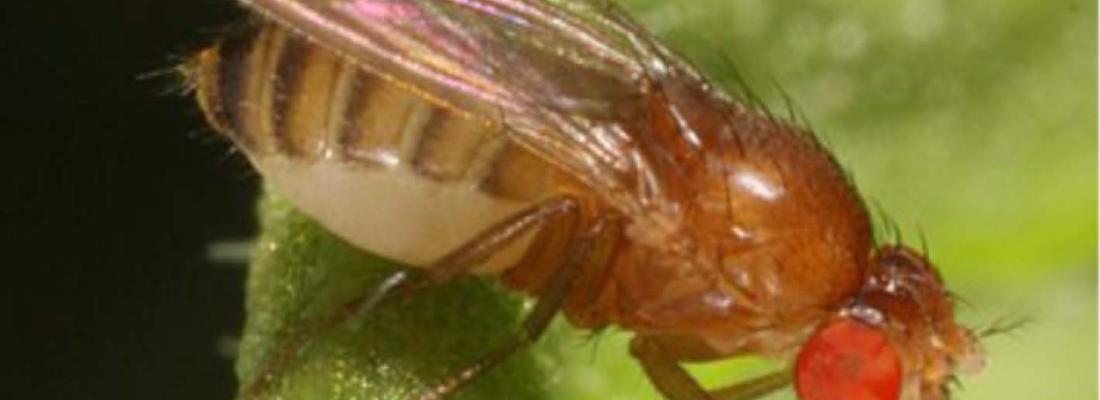Biodiversity Reading time 2 min
Drosophila: a novel model for the study of neurodegenerative prion diseases
Published on 07 September 2018

Mammalian prions, responsible for fatal neurodegenerative diseases in humans, cattle and sheep, are infectious protein particles that lack genetic material. A prion protein can be found either in its normal form (PrPC) or in a misfolded infectious state (PrPSc) capable of transforming a normal protein into an infectious one.
For the scientists from the National Veterinary School of Toulouse, INRA, and Cambridge University, one of the biggest challenges is to understand the cellular and molecular mechanisms of prion infectivity. Therefore, discovering that mammalian prions have the capacity to propagate in an insect, in this case the Drosophila, constitutes a breakthrough in their research.
Drosophila melonogaster, a model organism well known to biologists and easy to manipulate, does not show the presence of a prion protein-encoding gene (or any other of the kind). To carry out their investigation, scientists first expressed an ovine prion protein-encoding gene in the Drosophila and then proceeded to expose the larvae to different prions known to affect sheep. They found that these prions actively replicate in adult flies, causing a type of neurodegeneration associated with a decline of the locomotor activity of the insects. Strikingly, the biochemical and biological properties of the original prion strain were maintained during their passage into the vinegar fly, including their capacity to propagate among mammals.
This is the first study ever to show that mammalian prion replication in an invertebrate species can occur, and, therefore, that the specific co-factors necessary for this phenomenon are not exclusive to mammals. Drosophila melonogaster is an ideal model system of biological exploration for both in vitro cellular models and mammals. This insect, for which multiple research tools have already been created, allows scientists to do away with lab animals in order to study complex diseases which, up until now, could only be studied in mammals. In the future, the study of mammalian prion infections, in Drosophila, could allow us to decipher the mechanisms behind neurodegeneration in prion diseases and to test the effectiveness of the therapeutic compounds meant to treat them.
Mammalian prion replication in Drosophila Alana M. Thackray, Olivier Andreoletti and Raymond Bujdoso Brain, awy183, https://doi.org/10.1093/brain/awy183
